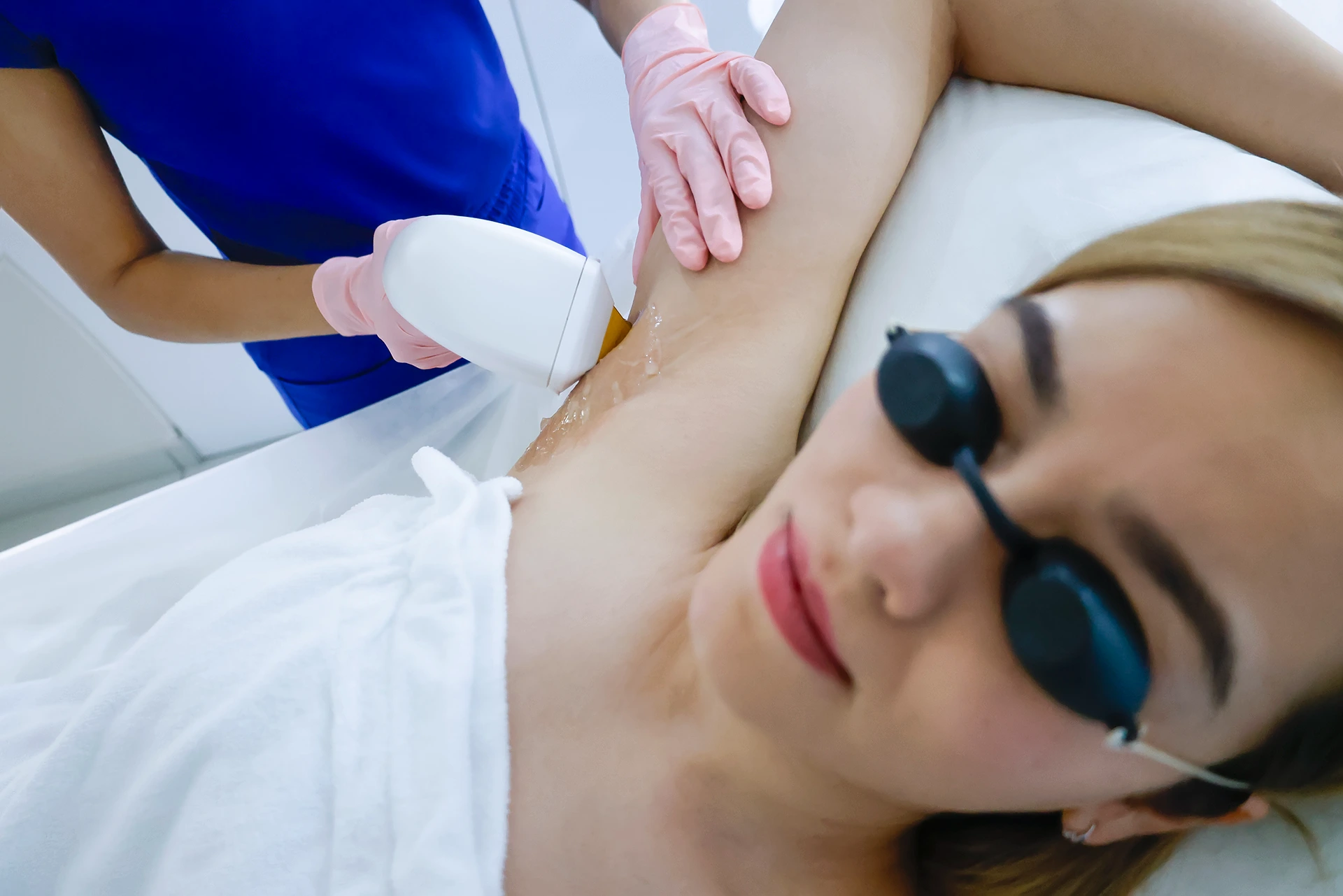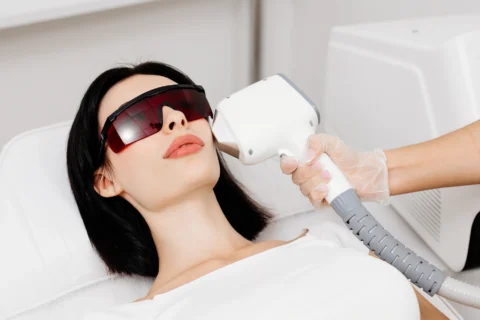Ingrown hairs can be a source of frustration, discomfort, and embarrassment for many. Those unpleasant bumps that appear in the skin after shaving or waxing are not only unsightly but can also become irritated, painful, and even infected.
While techniques like exfoliation and proper shaving methods can provide some relief, they only treat the symptoms without tackling the underlying problem – the regrowth of hair itself. Is there a way to address ingrown hairs at the root cause?
Enter laser hair removal. By targeting the follicle and preventing future hair regrowth, laser therapy offers a long-term approach to finally bidding farewell to those recurrent ingrown hairs.
What Exactly Are Ingrown Hairs?
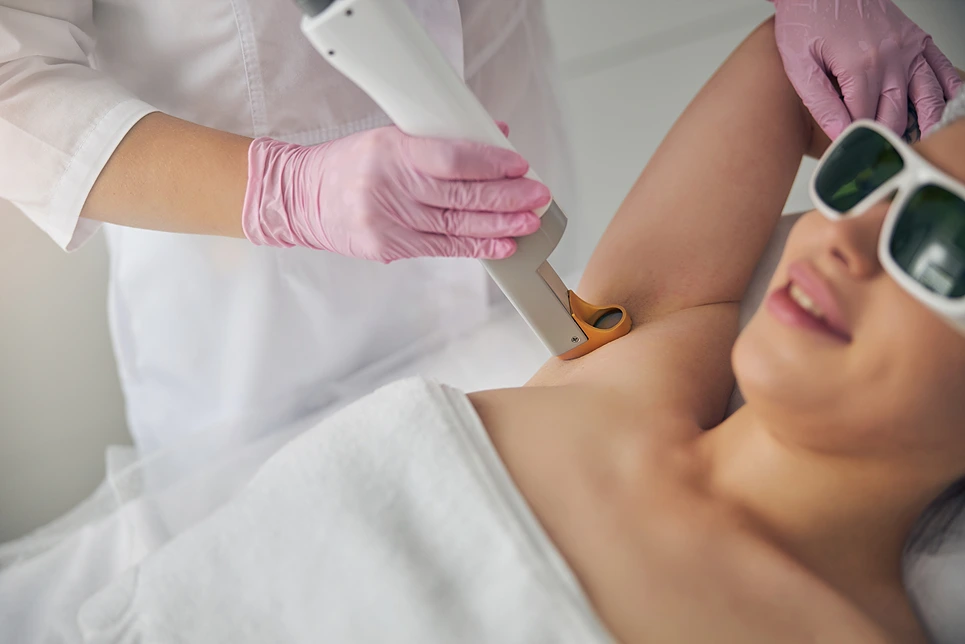
Before exploring laser hair removal as a treatment option, it helps to understand exactly what ingrown hairs are and what causes them.
The Hair Grows Into Instead of Out of The Skin
An ingrown hair occurs when the tip of a hair curls back into the skin as it grows, instead of rising up and exiting the pore. The resulting bump can resemble a pimple or other skin irritation.
Different Types of Ingrown Hairs
Ingrown hairs can appear in different forms:
- Papules: Small, solid bumps when the coil of hair is buried shallowly under the skin’s surface.
- Pustules: If the ingrown hair gets infected, pus accumulates causing a pustule with a whitehead.
- Dark dots or spots: When hairs grow into the side walls of the follicle. This causes the skin to swell and stretch, resulting in darkened pores.
- Scarring: Long-term ingrown hairs can damage collagen leading to uneven texture and scarring.
What Triggers Those Troublesome Ingrown Hairs?
There are a few common causes behind ingrown hairs:
Improper Shaving Technique
Shaving incorrectly can exacerbate ingrown hairs, especially for those already prone to them. Insufficient lathering, dull blades, shaving against the grain, and applying pressure instead of light strokes can lead to hairs curling back into the skin.
Waxing and Plucking
Hair removal methods like waxing and plucking can also encourage ingrown hairs. They remove hair from below the skin’s surface. New hairs then start growing out from below this point and can more easily curve back into the pore.
Coarse or Curly Hair
Those with naturally coarse or curly hair are more predisposed to ingrown hairs since their hair is more likely to curl back and grow into the skin. The sharp tip of coarse hair can more readily penetrate the follicle wall.
Certain Skin Conditions
Issues like pseudofolliculitis barbae (razor bumps) or keratosis pilaris (chicken skin bumps) involve hair growing into surrounding skin and can worsen ingrown hairs.
Beyond the Bump: Impacts of Ingrown Hairs
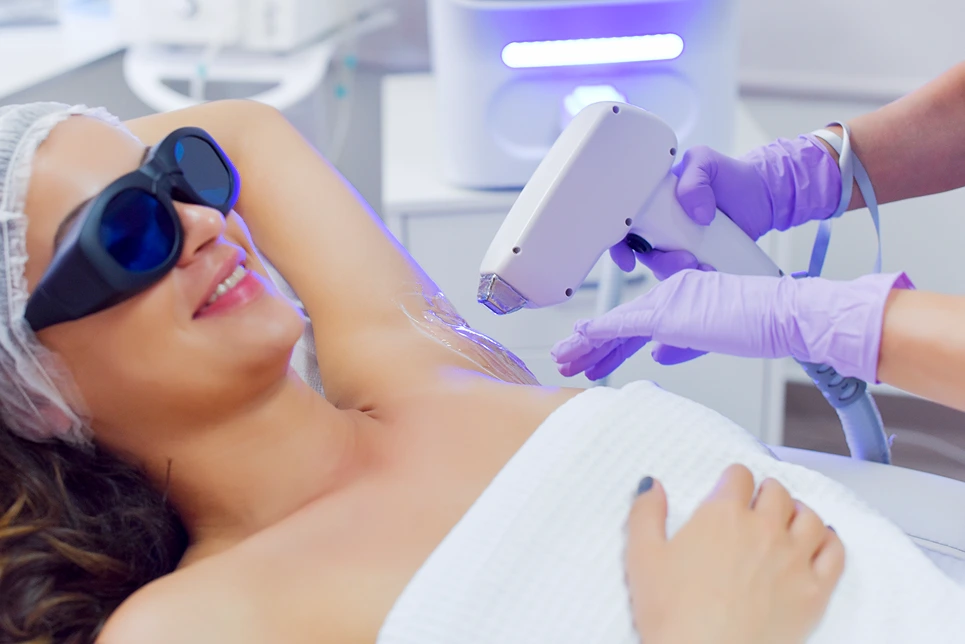
Ingrown hairs don’t merely pose a cosmetic nuisance. They can lead to additional skin irritation and have other implications:
Discomfort, Redness, and Tenderness
The skin surrounding an ingrown hair often becomes tender and painful to the touch. There may be redness or a rash-like reaction as the skin swells around the trapped hair.
Higher Risk of Infection
When the skin’s barrier is disrupted by an ingrown hair, it’s easier for bacteria to enter and trigger an infection. This leads to added soreness, swelling, and pus.
Hyperpigmentation and Scarring
Repeated inflammation from chronic ingrown hairs can cause darker patches or scars on the skin, especially for those with darker complexions who are prone to post-inflammatory hyperpigmentation.
Can Laser Hair Removal Banish Ingrown Hairs for Good?
While home remedies can provide temporary relief, laser hair removal targets the entire hair growth cycle for longer-lasting results and prevention. But how does it work to help specifically combat ingrown hairs?
Lasers Damage the Hair Follicle
Laser energy is absorbed by the melanin in each hair follicle, heating and essentially damaging those follicles to stop future hair growth. With the follicle disabled, new hairs can no longer form and cause ingrowns.
Gradual Results, but Relief Progresses
Laser therapy requires multiple treatments to catch hair follicles during their various growth cycles. Existing ingrown hairs won’t disappear immediately, but their occurrence gradually decreases with each successive session as fewer hairs regrow.
Additional Skin Benefits
Aside from less hair regrowth, laser hair removal also means no more shaving irritation or ingrown-prone methods like waxing. Skin friction is reduced. There’s decreased temptation to pick at bumps. Overall, the area experiences less trauma and disruption.
Navigating the Laser Hair Removal Treatment Process
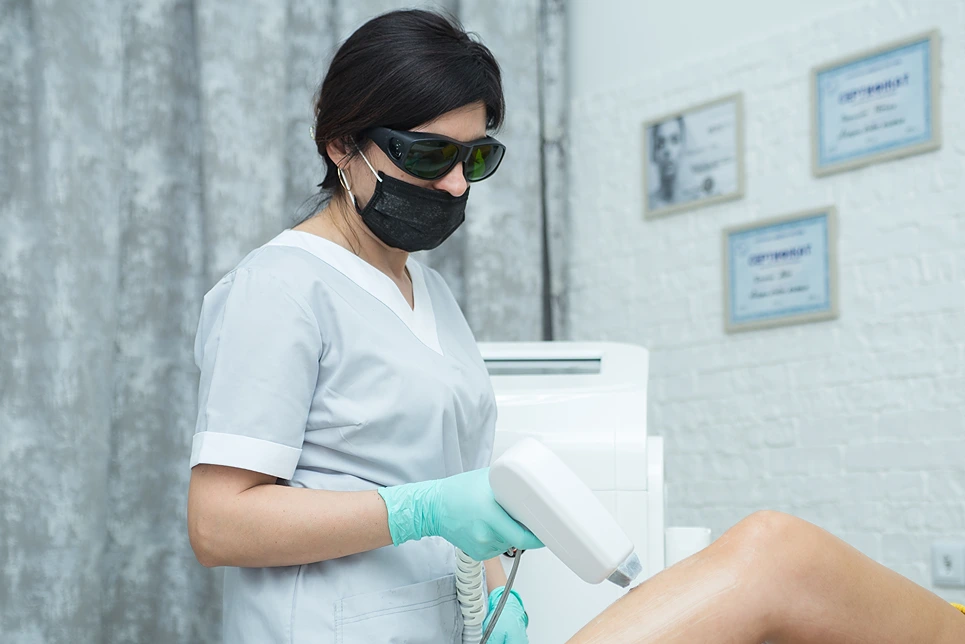
Laser hair removal can be a game-changer for stubborn ingrown hairs, but there are steps to take for safe, successful treatment.
Who is an Ideal Candidate?
The most suitable candidates for laser hair removal include those with:
- Fair to olive skin tones
- Dark terminal hairs (thick, coarse hair)
- No active skin infections
- Limited use of certain medications
- Realistic expectations about reduction vs. full removal
Those with darker skin or lighter hair may require alternative laser technologies or platforms.
Can You Still Get Treated with Existing Ingrowns?
Mild cases may be treated directly, but severe active ingrown hairs are prone to further irritation from lasers. It’s ideal to resolve any infections first before proceeding.
Your provider can determine if the area needs time to heal or can be treated conservatively around problem spots.
Possible Short-Term Worsening
Paradoxically, some patients may experience a brief increase in ingrown hairs after an initial laser session. Hairs shed in the cycle may temporarily grow back into the skin before falling out. But relief follows this initial stage.
Aftercare Matters
Proper aftercare makes all the difference in minimizing any irritation and enhancing results:
- Gentle exfoliation to free trapped hairs and prevent new ingrowns
- Avoid plucking/waxing between treatments so hairs grow for the laser
- Soothing care like cool compresses, hydrocortisone cream, aloe vera
Debunking Myths and Answering FAQs
Let’s clear up some common misconceptions about laser hair removal for ingrown hairs:
Myth: Lasers Cause Ingrown Hairs
Reality: When performed correctly at proper settings, laser treatment reduces ingrown hairs – not the other way around. Sub-therapeutic fluences or inadequate coverage during a session could miss hairs that later become ingrown.
Pain and Safety Concerns
Laser hair removal does involve some discomfort, depending on your individual tolerance. Methods like contact cooling and numbing cream help. When operated by a trained professional, lasers are very safe with minimal risks for most skin types.
It Doesn’t Work for Everyone
Like any treatment, results vary based on factors like hair/skin tone, hormone levels, and genetics that impact hair growth. Laser works best for course, dense hair. Someone with fine blond hair may see less reduction. Managing expectations is key.
Timeframe and Number of Treatments
Most patients need 4-6 sessions spaced 4-6 weeks apart to achieve an average 80% permanent hair reduction. Remaining hairs are thinner and lighter. A touch up may be needed annually. Removal is gradual and patience is required.
Laser Hair Removal Offers Hope for Ingrown Hairs
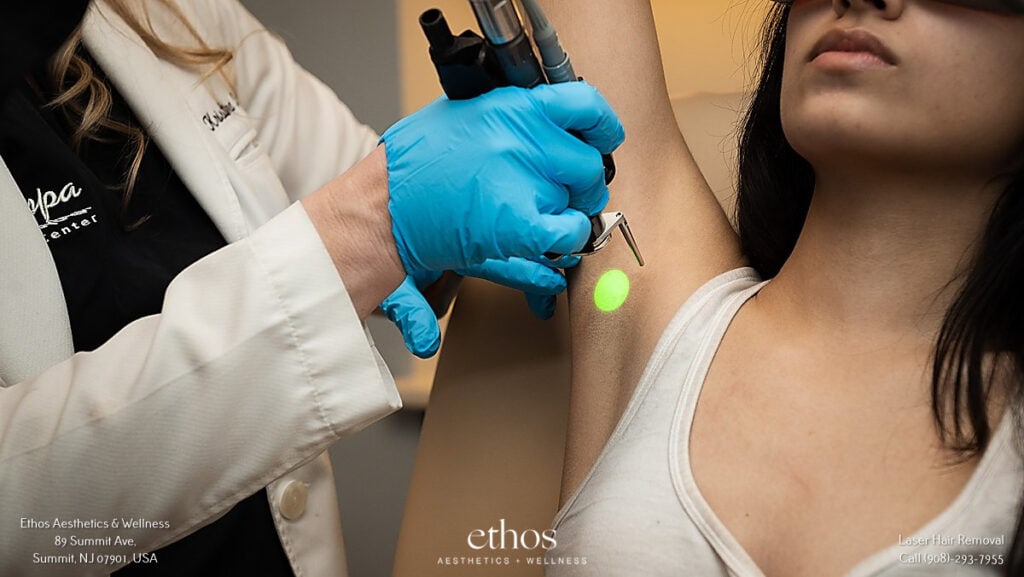
Ingrown hairs can negatively impact appearance and quality of life. While home remedies may provide temporary relief, laser hair removal targets the root cause – the regrowth of hair itself.
Though it requires multiple treatments and proper techniques for safety and efficacy, laser therapy can gradually yet significantly reduce ingrown hairs when performed by a qualified practitioner. For those frustrated by chronic ingrowns, lasers present a viable long-term solution.
Consult with a provider to discuss whether a laser is right for your particular hair and skin type. With realistic expectations about the process, laser hair removal may successfully banish your ingrown hairs for good.

